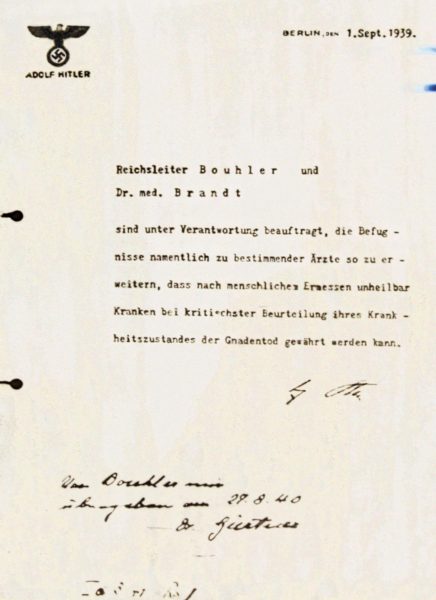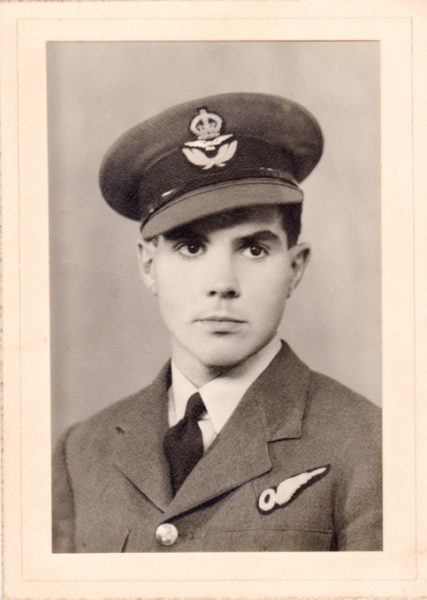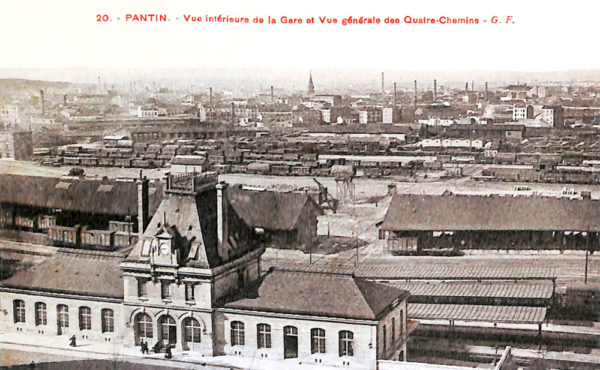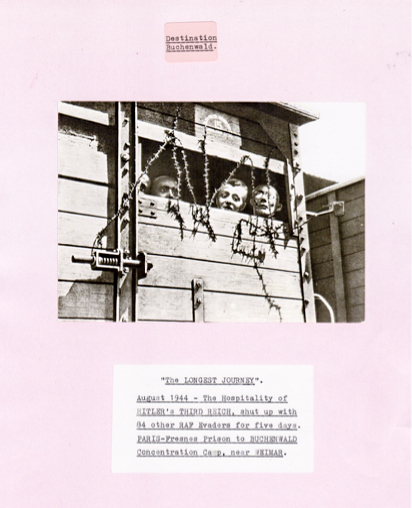I’ve touched on several of Hitler’s directives, or decrees in past blogs. I thought I would outline some of the more infamous decrees he made over the twelve years of the Third Reich. You can be assured that the stories of the people these decrees targeted did not end well.
Hitler came to power in 1933 and immediately began issuing his directives and proclamations. They initially went after Jews, Untermensch, and political enemies of the Nazis. From there he moved on to the physically and mentally disabled. As the war progressed, Hitler began to circumvent the Geneva Convention and its rules on how POWs and captured military/combat personnel were to be treated.

In the end, several of these decrees were used by the International Military Tribunal during the Nuremberg Trials as evidence to convict former senior Nazi officials of one or more of the four counts: conspiracy for the accomplishment of crimes against peace, waging wars of aggression, war crimes, and crimes against humanity. Many of Hitler’s decrees aimed at military combatants were used to convict the former Nazis leaders and their underlings of the third count⏤war crimes. Most of the convictions came with the death penalty. Read More Hitler’s Directives





